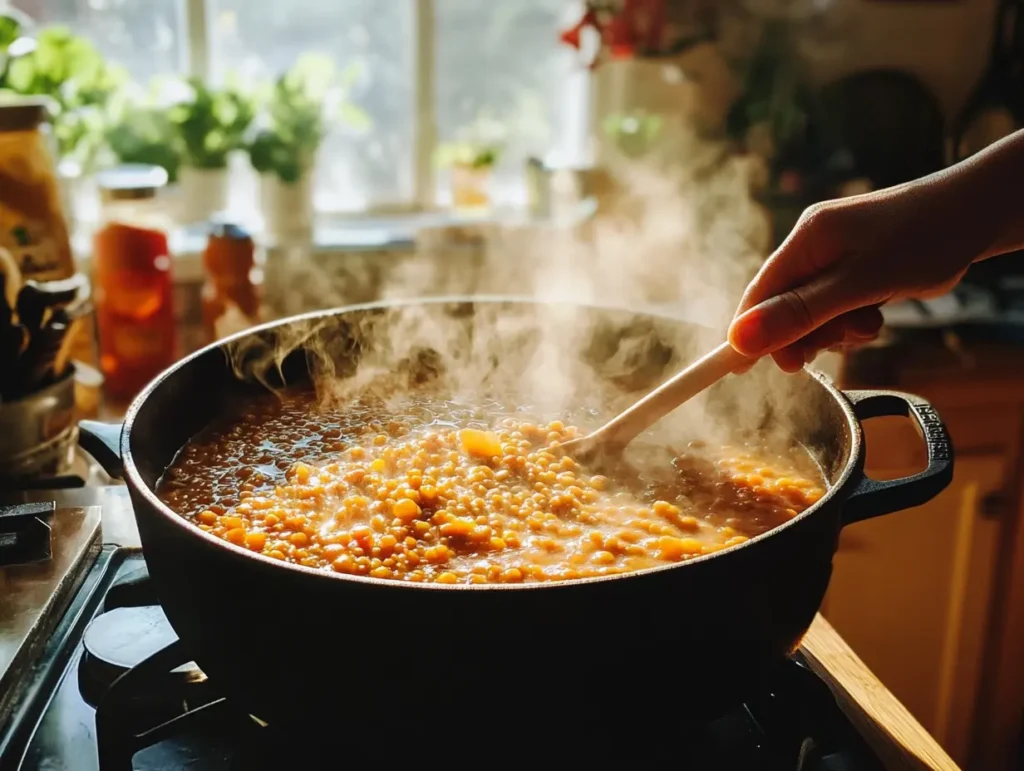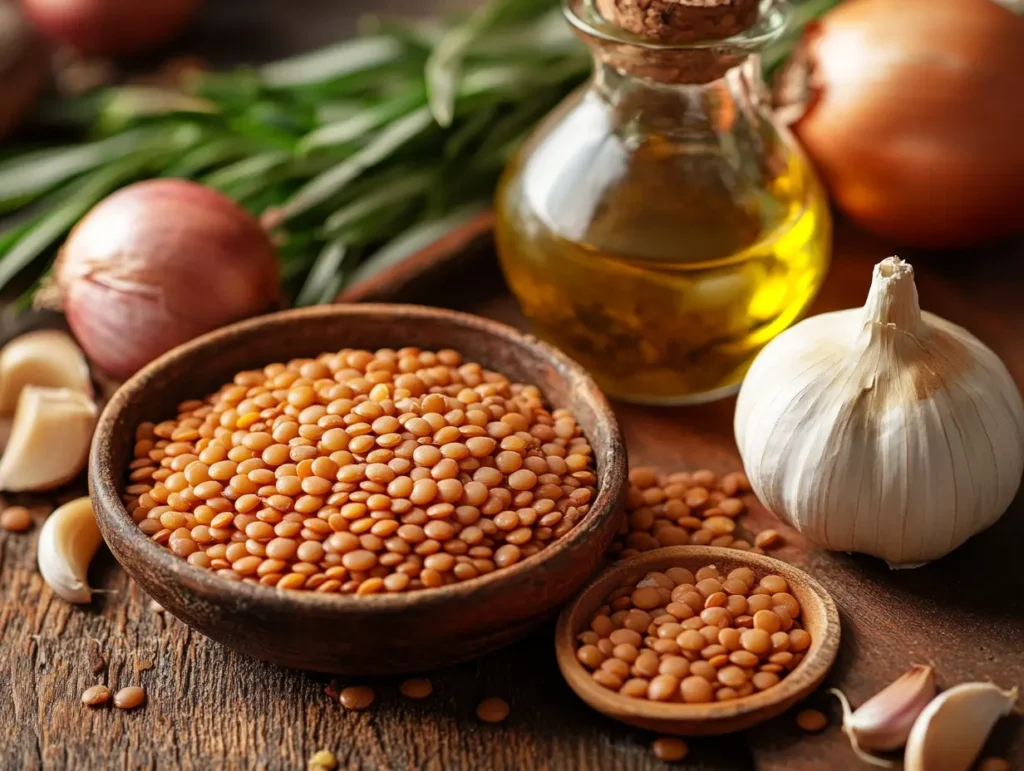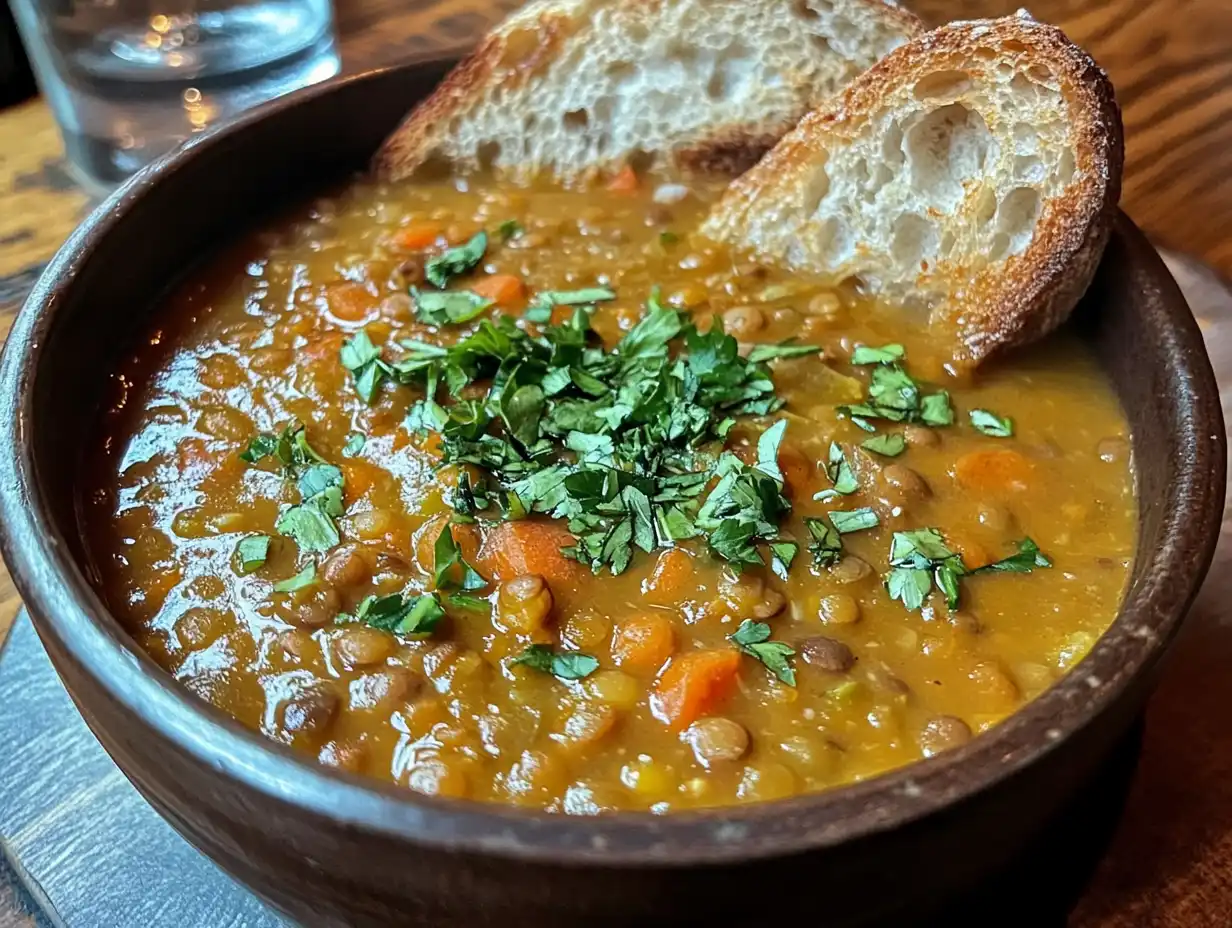Discover the world’s oldest soup, its history, origins, and the delicious variations still enjoyed today. Let’s explore the oldest soup ever made.
Table of contents
What Is the Oldest Soup in the World?
The question, “What is the oldest soup in the world?” may intrigue many food lovers, history enthusiasts, and culinary experts alike. Soup, a dish that has sustained humanity for centuries, has an ancient and rich history. It’s a dish that dates back to the very beginnings of human civilization, but what is the oldest soup in the world? The answer may surprise you, as it traces back to ancient times, and involves simple yet nourishing ingredients that evolved over millennia.
In this article, we’ll explore the origins of the oldest soup, how it was made, and the various modern variations that have taken inspiration from this ancient dish. We’ll also dive into the recipe and nutritional benefits of this age-old comfort food, which still resonates with modern-day palates.
The Origins of the Oldest Soup in the World

The history of soup stretches back thousands of years, and the origins of what is considered the oldest soup in the world can be traced to several ancient civilizations. Soup, in its simplest form, has been a comforting and nourishing dish that has sustained people through difficult times. Early soups were crafted using ingredients that were readily available to early humans, such as wild herbs, grains, and animal bones. Let’s explore the historical background of soup, particularly focusing on the oldest known recipes.
The Emergence of Soup in Ancient Civilizations
Soup has existed in many forms throughout human history, and its evolution is closely tied to the development of cooking technology and agriculture. The earliest forms of soup were likely made by boiling water with whatever ingredients were available, including wild plants, animals, and herbs. Early human ancestors likely discovered that boiling bones and plants created a nutritious broth, providing sustenance during times of scarcity.
Ancient China and Early Broths
One of the oldest soup-like dishes can be traced to ancient China. Around 20,000 years ago, evidence suggests that early humans in China were boiling bones and animal parts to create the first broths. The practice of simmering animal bones to extract their nutrients and flavor is thought to be the origin of modern-day bone broths.
China’s early soup recipes focused on extracting nutrients from animals, and these broths were seen as highly nutritious, offering both energy and medicinal properties. Early Chinese soups were typically simple, with ingredients such as wild game, rice, and vegetables, and they set the foundation for modern soups in the region.
Soup in Ancient Egypt: Lentil Soup
In ancient Egypt, the oldest known soup recipes were often made using legumes such as lentils and chickpeas, along with vegetables and grains. These early Egyptian soups were simple but packed with nutrients, ideal for the harsh desert climates. Egyptian lentil soup is one of the oldest known soup recipes, and it’s believed to have been enjoyed by the pharaohs as well as common people.
The Egyptians were some of the earliest people to record their culinary practices. Archaeological findings suggest that lentils, onions, and garlic were commonly used in early Egyptian soups, making them easy to prepare and highly nutritious. The Egyptian lentil soup became a staple in their diet due to its affordability and health benefits.
Ingredients in Ancient Egyptian Lentil Soup:
- Lentils : A primary ingredient that provides protein and fiber, essential for maintaining health.
- Onions : Used for flavoring and believed to have medicinal properties.
- Garlic : Added for taste and also valued for its health benefits, including antibacterial properties.
- Olive Oil 🫒: A common source of healthy fats, crucial for flavor and maintaining heart health.
Soup in the Roman Empire: The Rise of Stock-Based Soups
As civilizations advanced, the Roman Empire began to influence the world’s approach to cooking. Roman culinary traditions included a variety of soups, many of which were made with stock—the flavorful liquid produced by simmering meat, bones, or vegetables. Romans perfected the use of stock to enhance the flavors of soups, adding herbs and spices for richness and complexity.
Romans used ingredients such as pork, beef, chickpeas, and vegetables in their soups. Some of these early recipes are still enjoyed today, and the practice of making stock-based soups laid the groundwork for many modern soup recipes.
The Role of Soup in Ancient Middle Eastern Cuisine
In the Middle East, soup also has deep historical roots. The use of lentils, vegetables, and herbs in soups spread across the region, influencing culinary practices in countries like Iran, Syria, and Iraq. The Middle Eastern lentil soup is a popular dish that closely mirrors the Egyptian lentil soup, with slight variations in ingredients such as the addition of lemon, mint, and cumin.
Middle Eastern soups, often rich with herbs and spices, reflected the availability of local produce and grains. The use of olive oil, yogurt, and spices like turmeric and coriander helped define these soups and made them a crucial part of the region’s culinary heritage.
The Oldest Soup: A Snapshot of History and Ingredients
| Civilization | Main Ingredients | Characteristics |
|---|---|---|
| Ancient China | Animal bones, herbs, rice | Broth-based, nourishing |
| Ancient Egypt | Lentils, onions, garlic | Simple, nutritious, plant-based |
| Ancient Rome | Pork, beef, chickpeas | Stock-based, herb-infused |
| Middle Eastern | Lentils, vegetables, herbs | Spiced, hearty, rich in flavors |
As seen in the table above, soup served as both sustenance and a reflection of the ingredients and resources available in each civilization. The oldest soups were simple yet nutritious, made from the most accessible ingredients like lentils, vegetables, and grains.
Transitioning from Ancient Times to Modern Soups
How Ancient Soups Evolved into Today’s Recipes
As trade routes expanded and new ingredients became available to different parts of the world, soups began to evolve and incorporate a wider variety of flavors. For example, the introduction of tomatoes from the Americas in the 16th century changed the course of soup-making, especially in Europe. These new ingredients, combined with ancient techniques, led to the soups we recognize today, such as tomato soup, chicken noodle soup, and vegetable broth.
Modern soups still bear traces of these ancient origins, whether it’s the use of lentils in Middle Eastern cuisine or the practice of making a hearty stock in European soups.
The Connection Between Ancient Soups and Today’s Comfort Foods
One of the reasons ancient soups have endured throughout history is their versatility. They can be easily adapted to local preferences and ingredients, making them a comforting and widely loved dish in every culture. Today, modern soups still provide a simple, nourishing meal for people across the globe. Whether enjoyed as an appetizer or the main dish, soup continues to be a symbol of comfort and nourishment—just as it was thousands of years ago.
Recipe: Ancient Egyptian Lentil Soup

Here’s a more detailed and updated recipe for the ancient Egyptian lentil soup, adding some optional ingredients for an enhanced flavor while still maintaining its historical authenticity.
Ingredients:
- 1 cup dried lentils
- 1 onion, chopped
- 2 cloves garlic, minced
- 2 tablespoons olive oil
- 1 teaspoon ground cumin
- 1 teaspoon ground coriander
- 4 cups vegetable broth
- Salt and pepper to taste
Step-by-Step Instructions:
- Prepare the Lentils: Begin by rinsing the lentils thoroughly. Remove any debris and set them aside in a strainer to drain.
- Sauté the Aromatics: In a large pot, heat the olive oil over medium heat. Add the chopped onion and sauté for about 5-7 minutes until softened and translucent. Then, add the minced garlic and cook for an additional 2 minutes.
- Add Spices: Stir in the ground cumin and coriander. Let the spices bloom in the oil for about a minute, allowing them to release their full flavor.
- Simmer the Soup: Add the lentils to the pot, followed by the vegetable broth. Bring to a boil, then reduce the heat to a simmer. Cover and cook for about 30 minutes, or until the lentils are soft.
- Blend (Optional): For a smooth soup, use an immersion blender to puree the mixture. Alternatively, you can transfer the soup in batches to a regular blender.
- Season and Serve: Add salt and pepper to taste. Garnish with fresh herbs, such as parsley or cilantro, if desired. Serve hot and enjoy the comforting flavors of ancient Egypt.
Nutritional Information (per 100g):
| Nutrient | Amount |
|---|---|
| Calories | 125 kcal |
| Protein | 6g |
| Fat | 4g |
| Carbohydrates | 18g |
| Fiber | 5g |
| Sodium | 210mg |
The Cultural Impact of the Oldest Soup in the World
Soup Across Different Cultures
Across many cultures, soup has always served as a meal that brings families together. From the French onion soup to Mexican tortilla soup, every region has its own twist on this age-old dish. The Egyptian lentil soup, however, has stayed true to its roots while finding its way onto dinner tables across the globe.
The influence of the oldest soup can still be seen in modern kitchens, where it serves as a reminder of how simple, natural ingredients can create nourishing meals. Soup, at its core, remains a reflection of human history—one that has evolved to meet the needs and tastes of people everywhere.
Global Variations of the Oldest Soup
Different regions have adapted the oldest soup recipes according to available ingredients and culinary traditions. While the Egyptians favored lentils, other parts of the world incorporated local grains, meats, and vegetables. In the Middle East, for example, variations of lentil soup include additions like lemon and mint, giving the soup a fresh and tangy flavor profile.
FAQs: What Is the Oldest Soup in the World?
Q1: Is lentil soup really the oldest soup?
A1: Yes, lentil soup is among the oldest soups, with origins dating back to ancient Egypt and even earlier.
Q2: Can I add meat to the ancient Egyptian lentil soup?
A2: Yes, you can add meats such as chicken or lamb for a heartier version of the soup.
Q3: Is this soup vegetarian?
A3: Yes, the ancient Egyptian lentil soup is naturally vegetarian and vegan, depending on the broth used.
Q4: How long can I store leftover lentil soup?
A4: You can store the soup in an airtight container in the refrigerator for up to 5 days, or freeze it for up to 3 months.
Conclusion: The Enduring Legacy of the Oldest Soup
The answer to “What is the oldest soup in the world?” is clear: it’s a dish that has survived the ages. The ancient Egyptian lentil soup is one of the earliest known soups that continues to thrive in kitchens today. This simple yet flavorful soup reflects the resilience and creativity of early humans, providing comfort and nourishment through the centuries.
As we enjoy this ancient dish today, we connect with our past, acknowledging the timeless appeal of a hearty, nutritious bowl of soup. Whether you’re making it with modern ingredients or sticking to the basics of its origins, the oldest soup will continue to be a staple in kitchens around the world for years to come.
